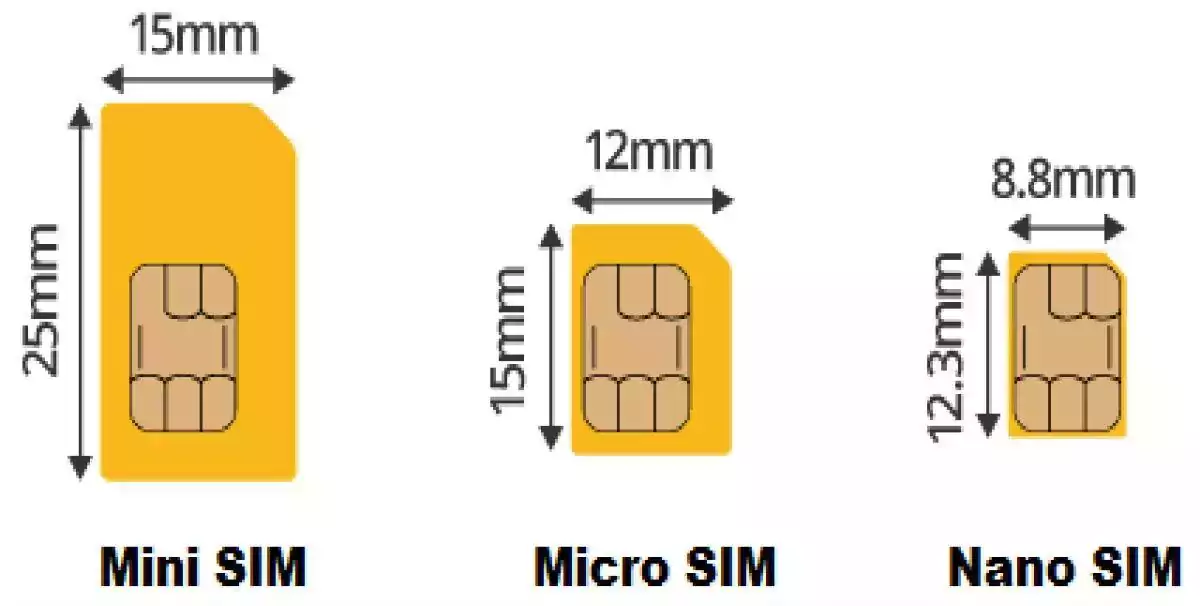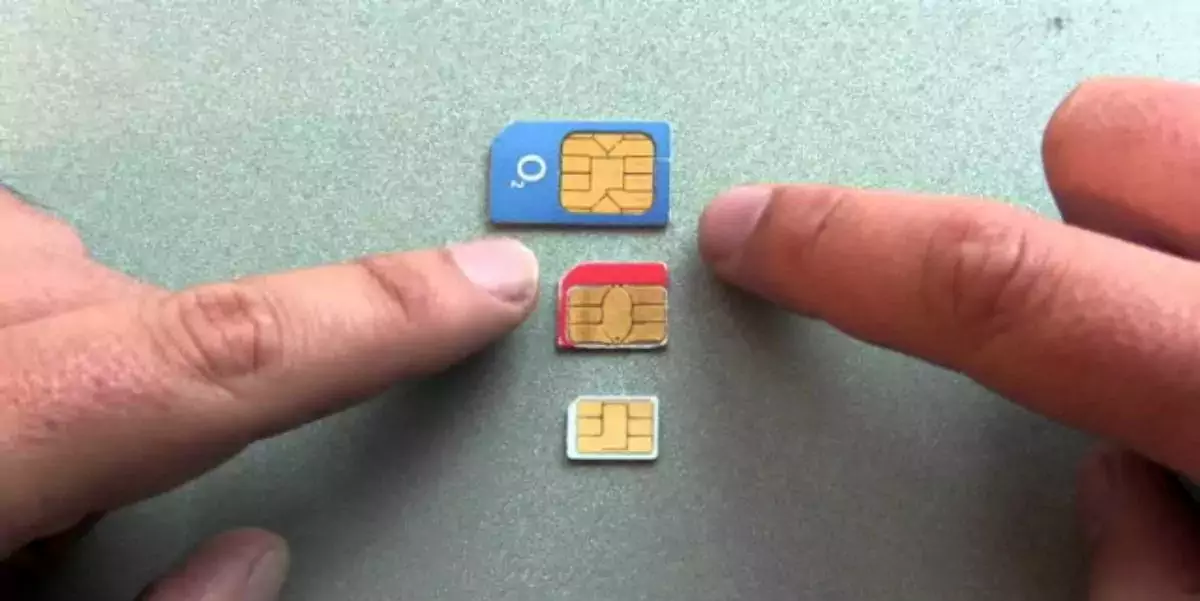
The European Telecommunications Standards Institute (ETSI) has published the new 4FF nano-SIM standard a week after it announced having chosen the final design.
It was rumored that Apple’s nano-SIM design won over the the one proposed by the Nokia, Motorola, and RIM consortium, but now we know that for sure. On top of that, the ETSI didn’t make any alterations to Apple’s design.
Apple’s nano-SIM design took a more conservative approach, very much resembling today’s micro-SIM expect being smaller. Nokia argued that Apple’s design was technically inferior as it was possible to jam the card into a micro-SIM slot and it also required an extra tray to stay in place. The design submitted by Nokia, RIM, and Motorola addressed these issues.
However, Apple’s proposed design was backwards compatible with devices using standard or micro-SIM cards.
Simply using a tray or adapter, the new nano-SIM could be used in older devices. Nokia, RIM, and Motorola’s proposed design re-organized the eight required contact points to more resemble a microSD card, which although eliminated the need for a tray and reduced chances of jamming, was not backwards compatible.



